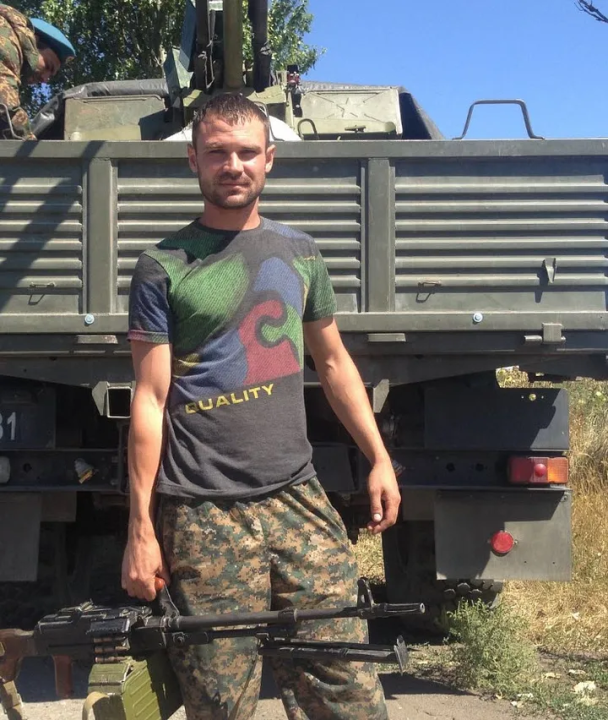Russian Air Defense Officer Found Exactly Where Putin Said He Was Not
Ukrainian investigator uncovers 2015 photographs of Russian officer posing with downed OSCE drone in Donbas
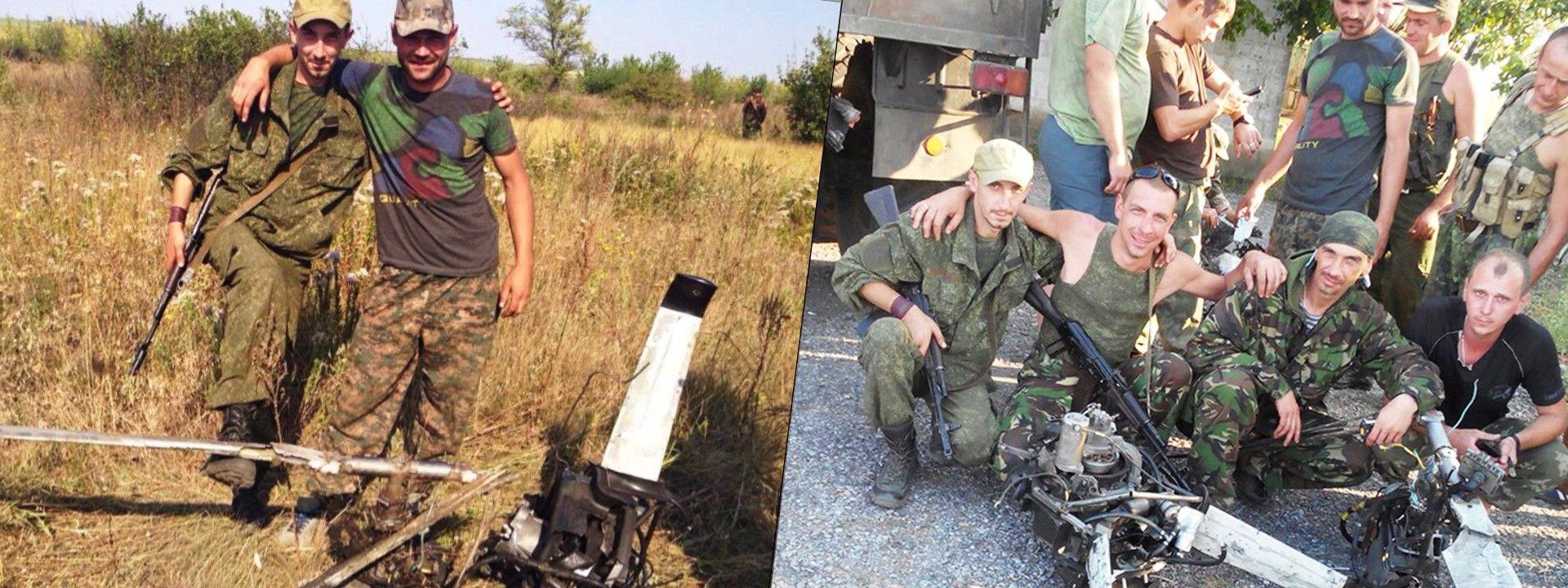
BANNER: Russian air defense officer posing with fighters from the self-declared Donetsk People’s Republic in September 2015. (source)
On May 29, an independent Ukrainian investigator, who writes under the name Askai, published photographs showing a number of fighters associated with the so-called “Donetsk People’s Republic” (DNR), a downed drone belonging to the Organization for Security and Cooperation in Europe’s Special Monitoring Mission to Ukraine (@OSCE_SMM), and an active Russian military officer from an anti-aircraft brigade. The @DFRLab previously profiled Askai, calling him the “foremost anonymous investigator of the Ukrainian conflict” due to his exhaustive research into Russian military units that have participated in the three-year war. His recent findings are further evidence of Russia’s ongoing involvement in the Donbas.
Боевики "ДНР", российский офицер ПВО и сбитый беспилотник ОБСЕ. Фото сентября 2015-го года. (1/2) pic.twitter.com/AcpavjvCJA
— Askai (@askai707) May 29, 2017
Боевики "ДНР", российский офицер ПВО и сбитый беспилотник ОБСЕ. Фото сентября 2015-го года. (2/2) pic.twitter.com/ZTfJU7GZDn
— Askai (@askai707) May 29, 2017
The Downed OSCE Drone
The most important photograph shared by Askai shows a few DNR fighters with a downed drone and the active Russian officer behind them in a multi-colored shirt.

This drone, as Askai pointed out in his tweet, appears to be a Schiebel Camcopter S-100, which has been used by the OSCE SMM to Ukraine since October 2014. This type of drone differs from the most common Ukrainian and Russian models, which do not have a helicopter-like design.
(See our investigation into the Russian Forpost drone here)

There was only one OSCE SMM drone lost in the period from late August 2015 through September 2015 — a drone that crashed in DNR/Russia-controlled Sontseve, as described in a daily OSCE SMM report dated September 1, 2015.
At 10:13hrs, while flying south of “DPR”-controlled Sontseve (59km north-east of Mariupol), all contact with an SMM unmanned aerial vehicle (UAV) was abruptly lost. Contact with the UAV was not restored by 13:45hrs, by which time the UAV must have run out of fuel. At this point, following the procedures, the aircraft was declared lost. An SMM patrol went to the last known location over which the UAV was flying on a field 1.5km south of the village, where the SMM was stopped by two armed “DPR” members, who denied the SMM further access to the area. However, when looking towards the probable crash area, the SMM could observe burned patches on the ground.
The lost drone is almost certainly the one in the photographs discovered by Askai. Sontseve is located just under 20 kilometers from the Russian border, making cooperation between the DNR and Russian forces all the more likely at the location. In the OSCE SMM report on the following day, September 2, the monitors added additional information indicating that the drone was indeed shot down by Russian/separatist forces.
Immediately south of “DPR”-controlled Sontseve (59km north-east of Mariupol) — close to the last known location over which an SMM unmanned aerial vehicle (UAV) was flying before all contact with it was lost the previous day (see Daily Report, 1 September 2015) — the SMM spoke to a number of residents. They separately said that they had heard — at approximately the same time as contact with the UAV was lost, and in the same location where it was lost — the sound of two small explosions, and had then seen smoke in the air. One of them said he had heard the sound of an aerial vehicle immediately prior to the explosions. Two days prior to the loss of the SMM UAV, the same UAV — flying 1.2km south of the location over which the UAV was subsequently lost — recorded the presence of a surface-to-air missile system (9K35 “Strela-10”).
This drone was clearly shot down by Russian/separatist forces, with the “Russian” part of this equation now more exact — Captain Mikhail Us, of the Russian Armed Forces, was likely involved in the downing or knows more information about who destroyed the OSCE SMM drone.
Active Russian officer assisting separatist forces
The man in the multi-colored shirt behind the DNR forces posing with a drone is Mikhail Us, a captain in the Russian Armed Forces. Askai shared multiple photographs of this man with DNR forces and the drone, showing that he was assisting the forces while in Ukraine. In the first photograph below, the man on the far-right has a DNR flag on his left sleeve.
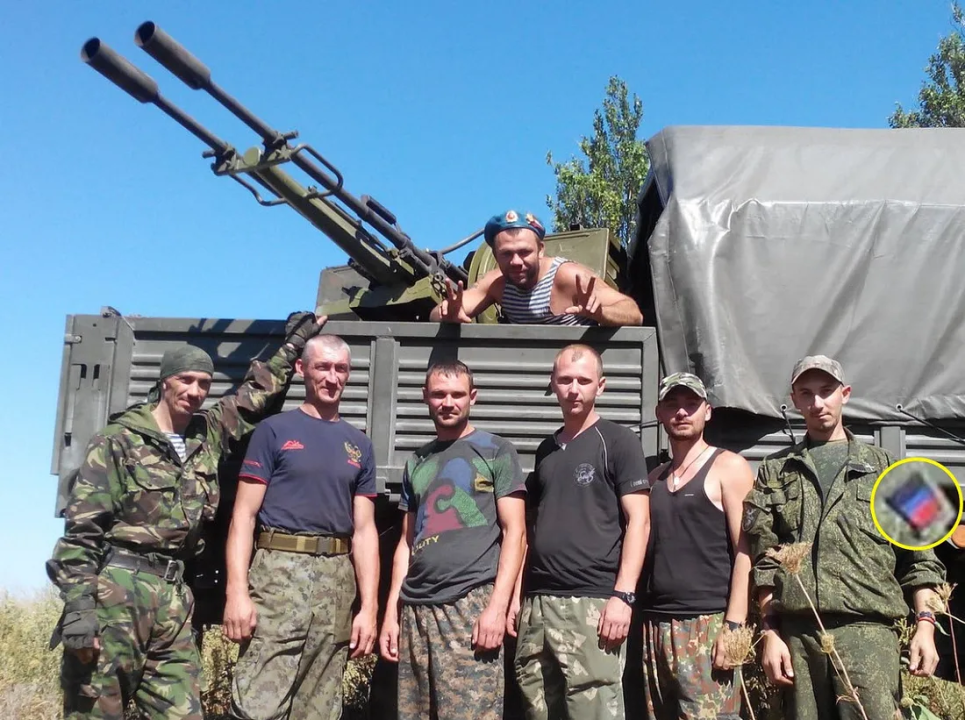
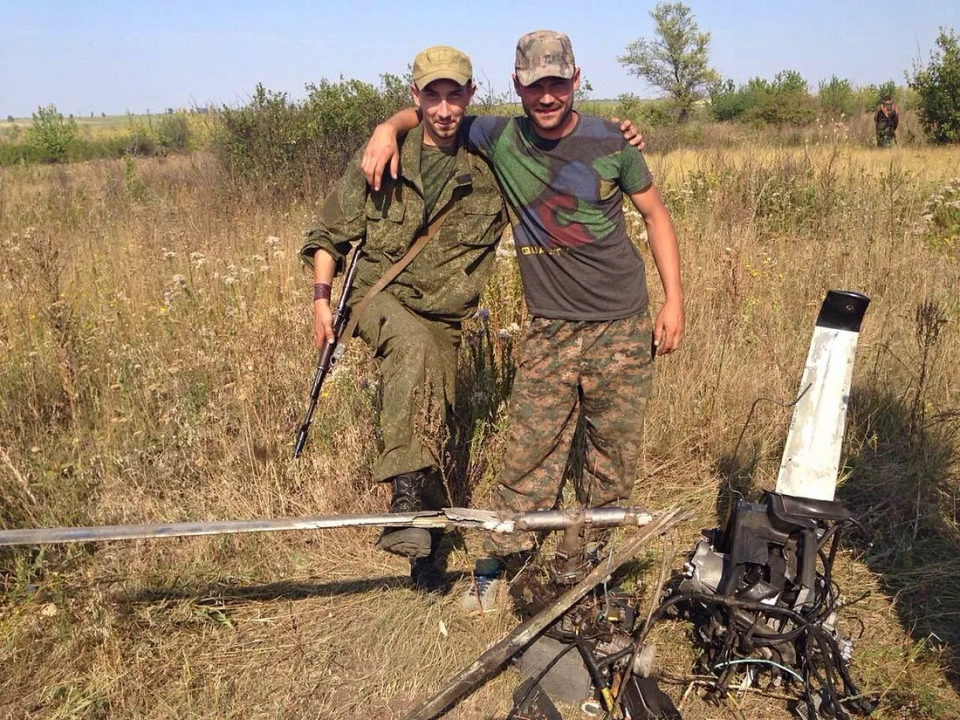
We know that Mikhail Us is a captain in the Russian Armed Forces from many of his own photographs, where we can clearly see his name and deduce his rank in the army displayed on his uniform.
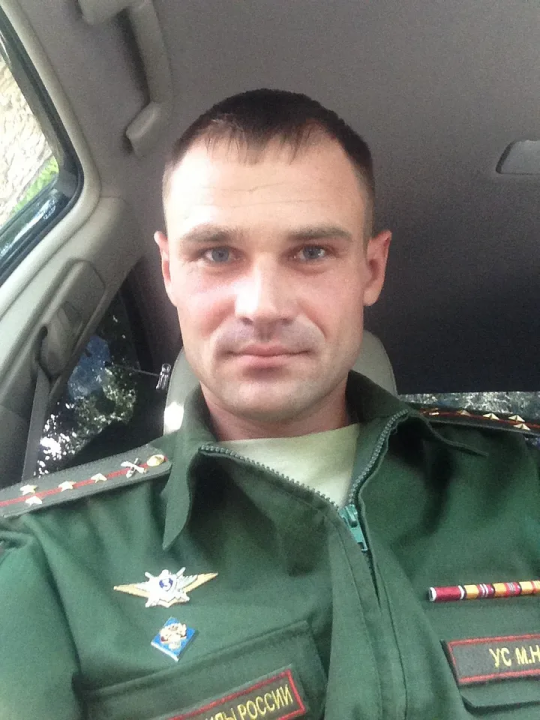
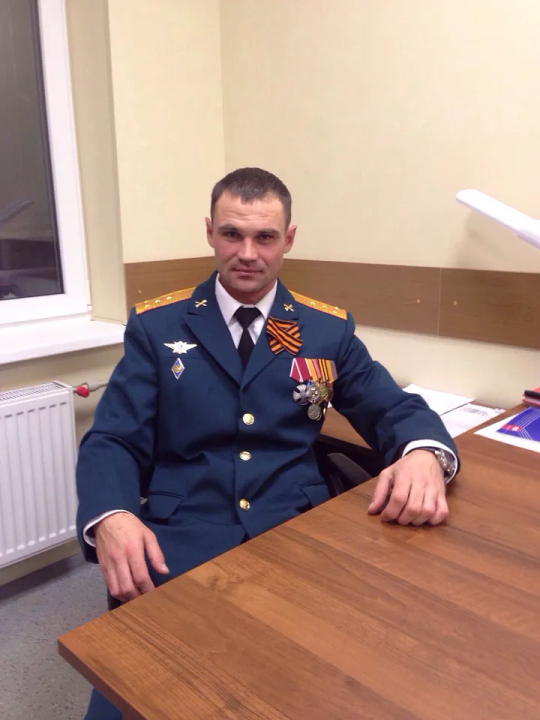
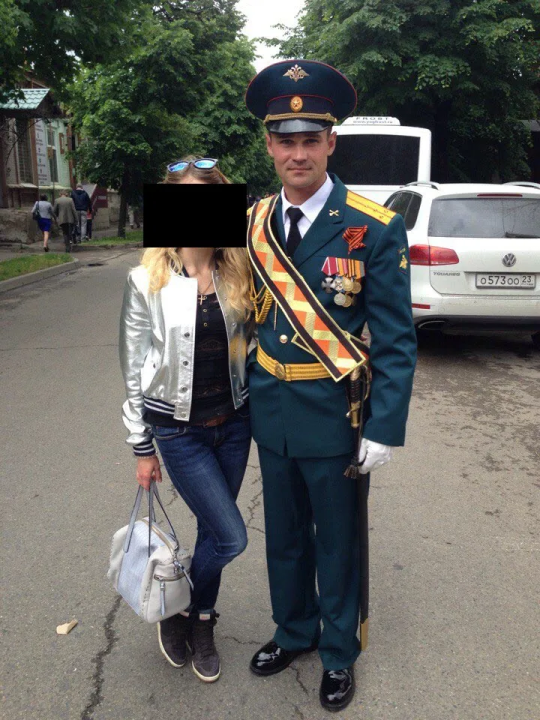
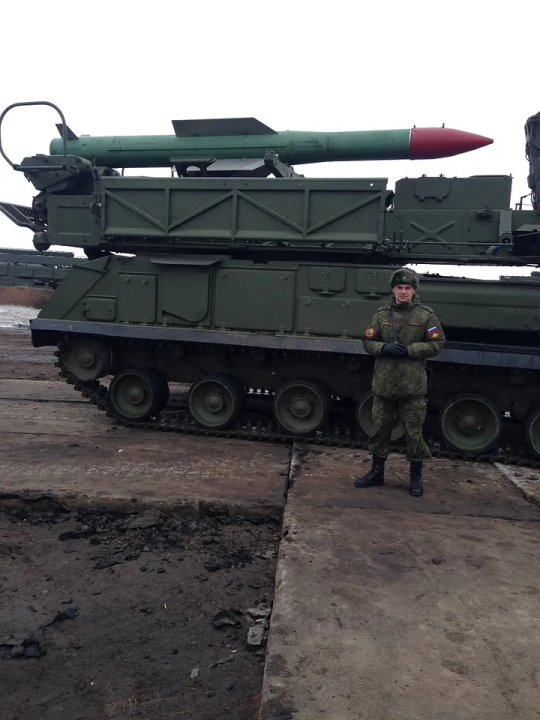
Us seems to serve in the 90th Anti-Aircraft Missile Brigade, part of the 49th Army. In the photograph below, we see portions of the name of the 90th Anti-Missile Brigade (90-я зе…) and the 49th Army (49-й общев…) in a photograph below from Us’s social media profile.
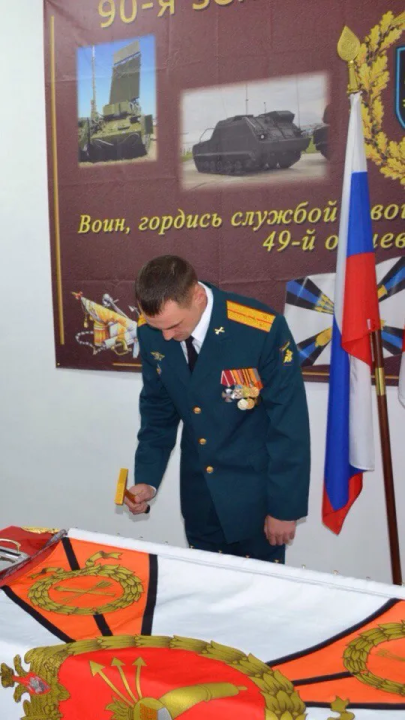
We know that it was Mikhail Us in the photographs with the drone not just because of the similarity in faces, but also because he wears the same shirt that he uploaded in two of the photographs on his social media profile. One of these was included by Askai in his post, showing Us holding a gun. Another shows Us in a tent, likely during military exercises, with another man.
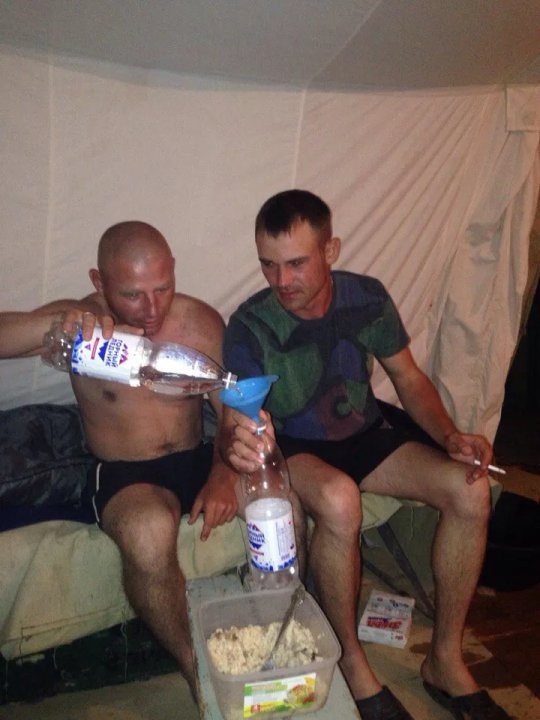
Significance of Askai’s Findings
We have long known about Russia’s direct involvement in the ongoing war in the Donbas, but Askai’s findings show us the vast range of direct action Russia has taken. There have been few, if any, well documented cases showing direct visual evidence of an active Russian officer or soldier from an anti-aircraft brigade in Ukraine — until now. There have been a couple of instances where we suspected this, including the shootdown of MH17, but Mikhail Us marks first time we have seen a photograph or video of an active Russian anti-aircraft soldier in Ukraine embedded with separatist forces.
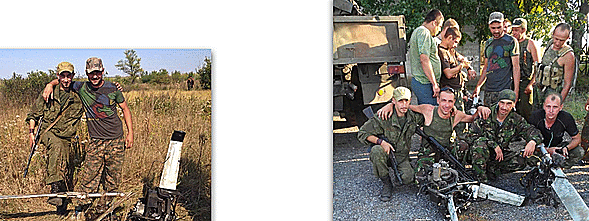
Digital forensic research shows us that Russia has sent military personnel with expertise in anti-aircraft defense to Ukraine, perhaps even having direct involvement in the numerous shoot-downs of OSCE SMM drones. Even more, Mikhail Us was in the Donbas in September 2015, over six months after the end of the so-called “hot period” of the war. While this evidence may be over a year-and-a-half old, it should reshape our perspective of the intensity of Russia’s previous participation in the Donbas, and therefore its adherence to the Minsk agreements.

